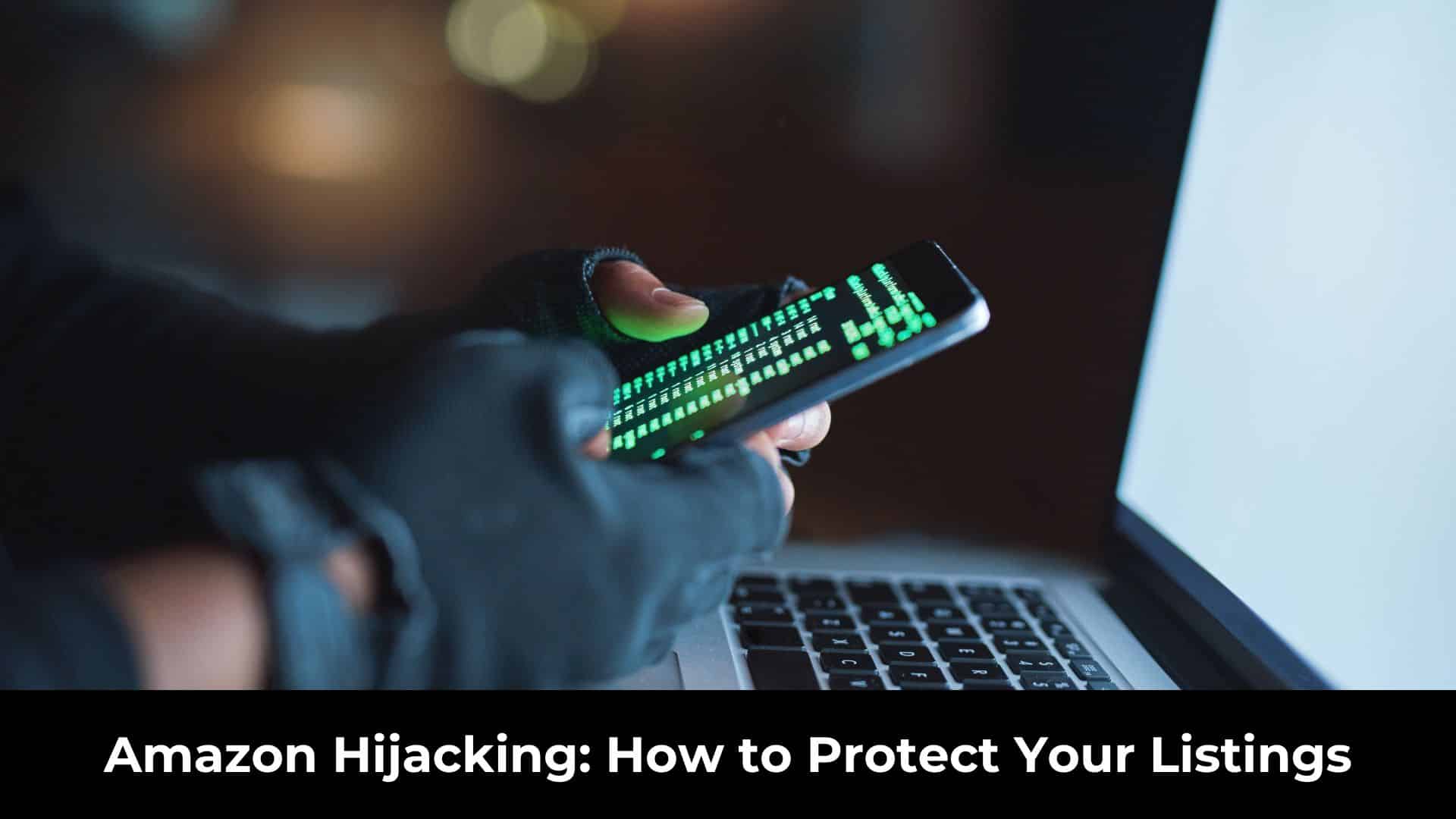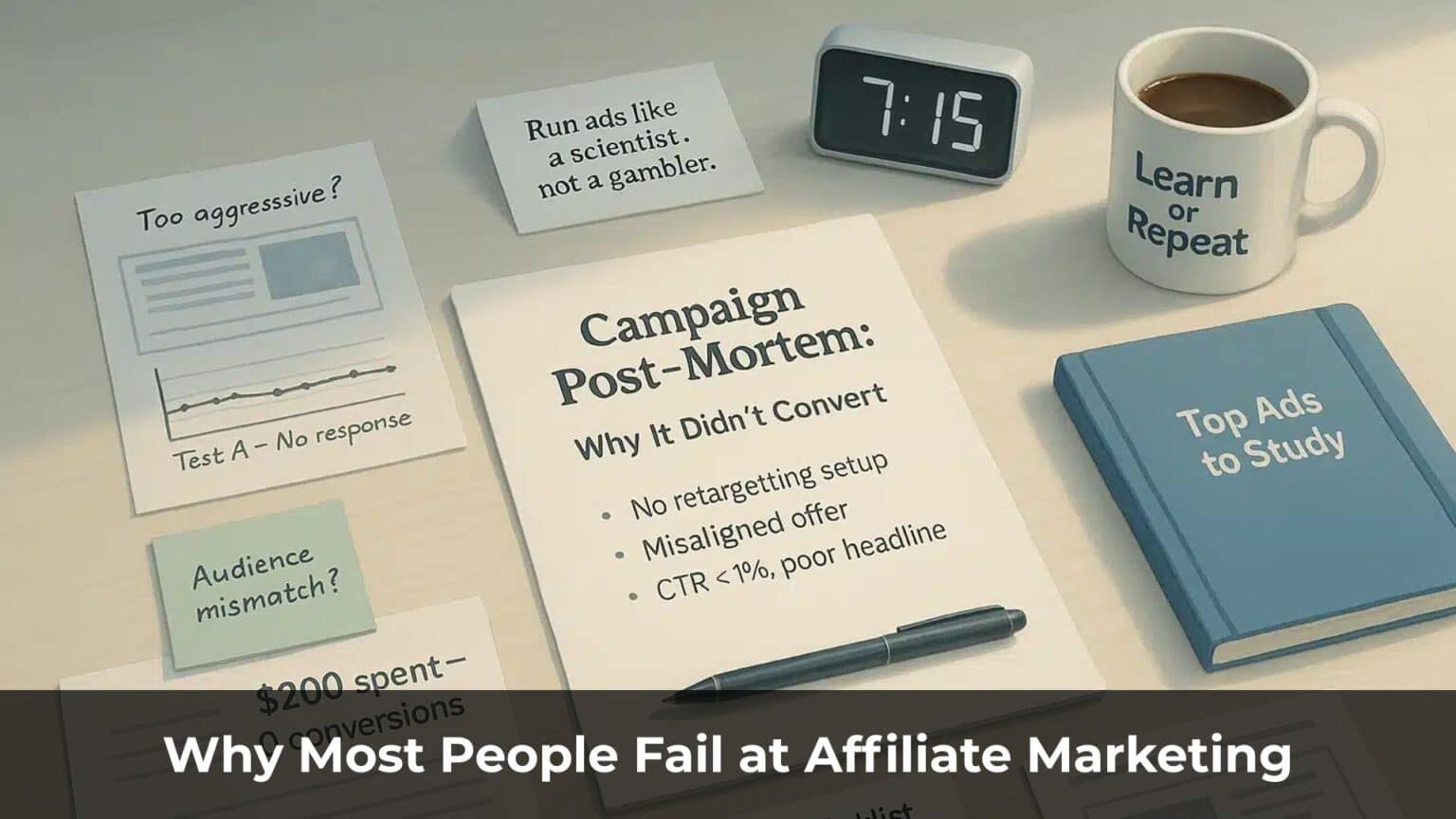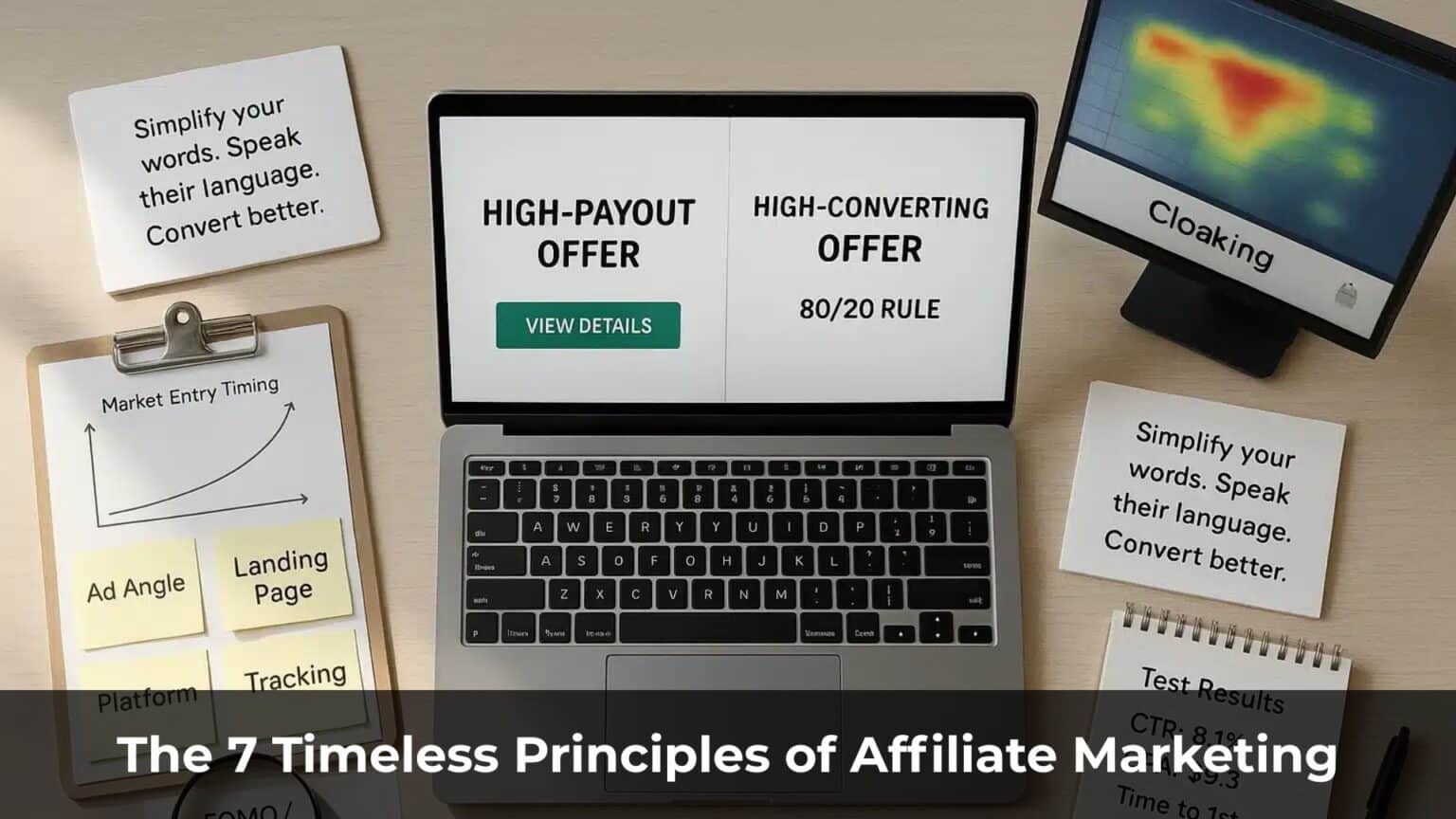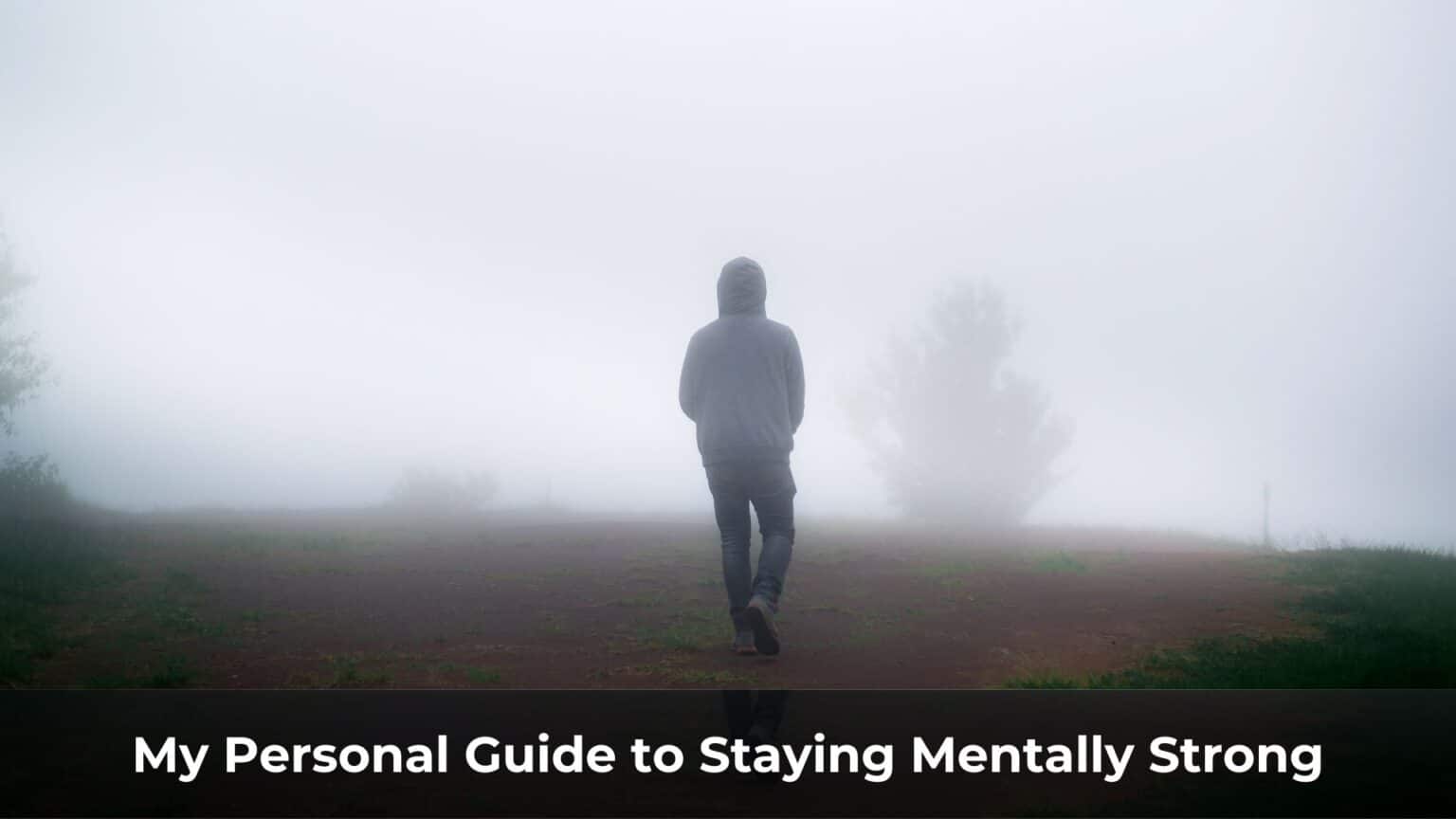Amazon is a massive, ever-evolving marketplace — where new opportunities emerge every single day. In fact, 58% of consumers say that if they could only shop in one place, it would be Amazon. But wherever there’s opportunity, there are also people looking to exploit it. That’s where Amazon hijackers come in.
These hijackers — sellers who take over your listing without permission — often succeed simply because the original seller doesn’t notice the attack soon enough. Yes, someone can hijack your listing on Amazon. But the good news is: with the right preparation, you can make it very difficult for them to do so.
In this article, we’ll break down who hijackers are, how they operate, how to protect your product listing, and the steps to take if your listing ever gets compromised.
Table of Contents
ToggleWhat Does “Hijacked” Mean on Amazon?
When your listing gets hijacked, it means someone else has started selling a counterfeit or lookalike version of your private label product.
This is especially frustrating for private label sellers — you’ve invested time and money into building your own brand specifically to avoid fighting over the Buy Box with other sellers. And yet, hijackers bypass all that effort and try to profit off your listing anyway.
Example of a Hijacked Amazon Listing
Let’s take a look at a real-world example so you can recognize the warning signs of a hijacked listing. I came across a private label product on Amazon — but strangely, it had multiple sellers offering it.
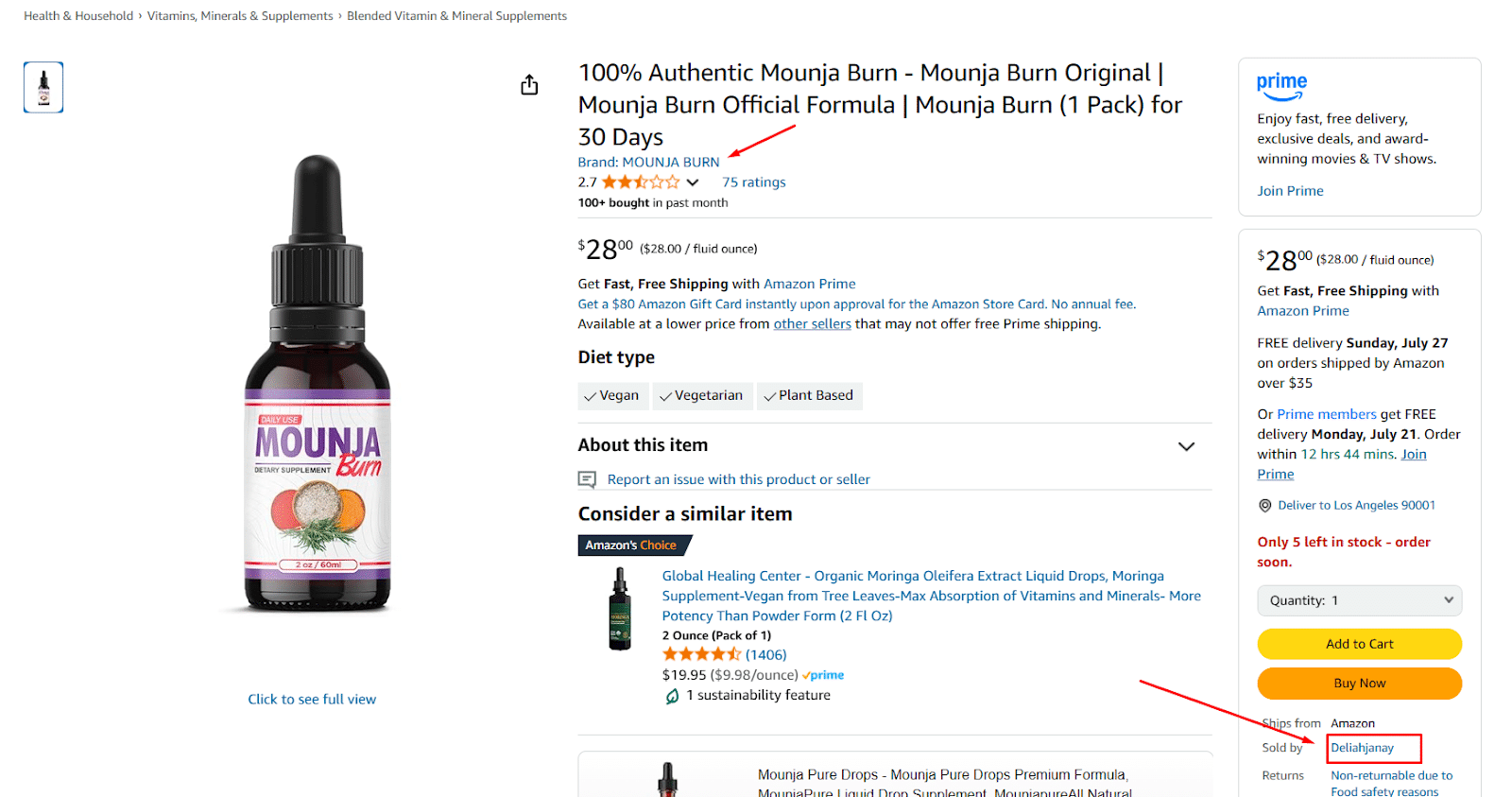
I’ve highlighted two key areas on the listing: the brand name and the “Sold by” section.
So why are other sellers appearing on this listing? There are a few possibilities:
- The brand owner has authorized other sellers to resell the product
- Another seller bought the item from a discount site and is now reselling it
- A hijacker has jumped on the listing, offering a counterfeit or generic version under your brand name
Now, I don’t personally know these sellers, so I can’t say for sure what’s going on here. But for the sake of this example, let’s assume the third scenario — that this is a hijacked listing.
When you click on “Other sellers,” you’re taken to a page showing all the sellers attached to this listing.

Here, you can see that Deliahjanay holds the Buy Box — likely the original brand owner.
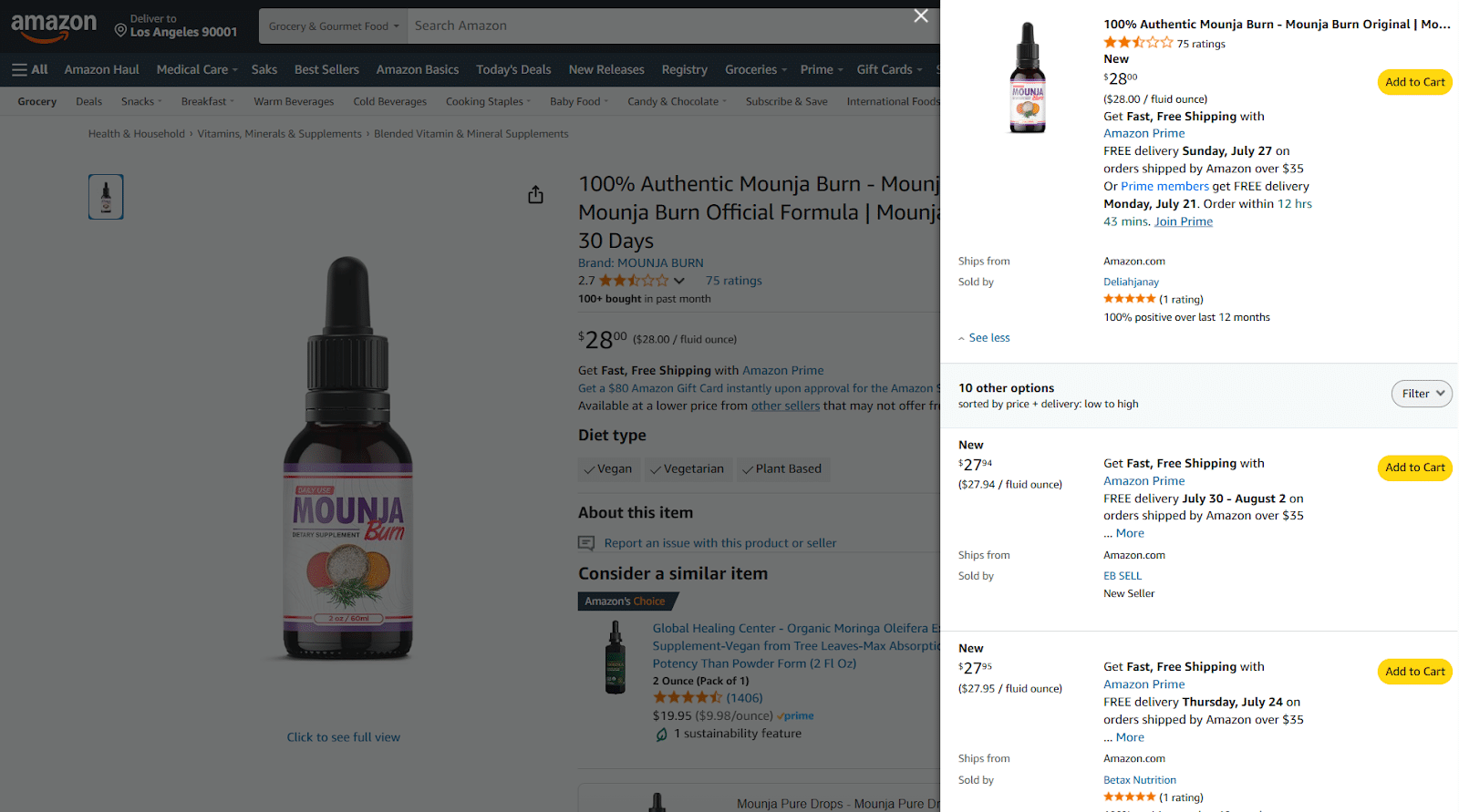
Just below that, there’s another seller named EB SELL offering the product with a note like “Delivery ASAP.” That’s a red flag. This seller might be hijacking the listing.
Based on these clues, it’s possible that this seller is trying to sell a fake or unauthorized version of the Mounja Burn product — even though they don’t have legitimate inventory from that brand.
Of course, this is just an example. If EB SELL is an authorized reseller for Mounja Burn, then it’s not hijacking. But the point is this: by learning to spot these signals, you can audit your own listings. If someone else is competing for your Buy Box — and you never gave them permission — your listing may have been hijacked.
What Happens When Your Listing Gets Hijacked?
Hijacking doesn’t just hurt your sales — it damages your brand and erodes customer trust.
Imagine this: a customer orders what they think is your official product. But instead of receiving the real thing, their order gets fulfilled by a hijacker who managed to win the Buy Box. The customer ends up with a low-quality knockoff, feels disappointed, and leaves a negative review — right on your listing.
The result? You get a bad review for a product you didn’t even sell.
Future shoppers see that one-star rating and hesitate to buy. Your conversion rate drops. And even though you did nothing wrong, your reputation takes the hit.
It’s frustrating — and it’s exactly why hijackers can be so harmful to private label sellers.
How to Protect Your Amazon Listing from Hijackers
Dealing with hijackers doesn’t have to be complicated. A simple, proactive strategy is often enough to keep your listings secure and your business stable. Here are 5 effective ways to defend your brand:
1. Monitor Your Listing Regularly
Don’t just log into Seller Central every day out of habit — check your listing the way a customer would.
Search for your product as if you were a buyer and see how many sellers are offering it. If you sell a private label product and notice more than one seller on your listing — and you didn’t authorize anyone else — that’s a strong sign your listing may have been hijacked.
You don’t need to check daily, but reviewing your listing at least once a week is smart, especially as your sales grow and competitors start to take notice.
2. Build a Standalone E-Commerce Website
Creating a branded store outside of Amazon — like on Shopify or Squarespace — adds another layer of protection.
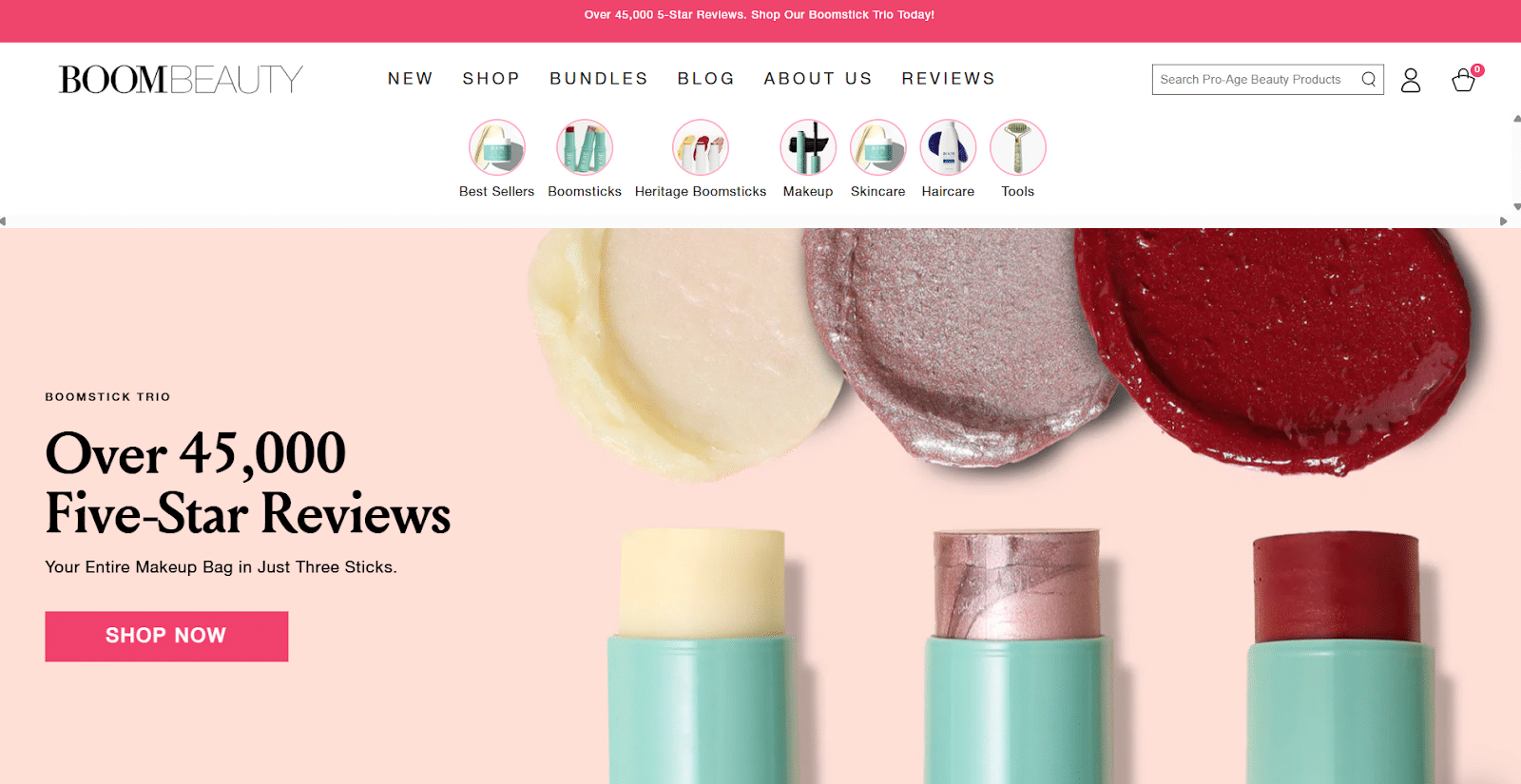
Not only does it legitimize your brand in the eyes of customers, but it also gives you full control over your online presence.
Your own website becomes a “home base” for your business, reducing your dependence on Amazon and deterring potential hijackers.
3. Invest in Clear Branding
The stronger your branding, the harder it is for hijackers to go unnoticed.
Use clear logos and consistent brand names on your product packaging and inserts. When your branding is visible in product images, customers are more likely to spot counterfeit versions — and Amazon is more likely to take your side if you file a complaint.
Good branding isn’t just protection — it’s marketing. You’ve invested in your brand, so show it off proudly.
4. Report the Hijacker to Amazon
If you believe someone is hijacking your listing, Amazon has a reporting process in place.
You’ll need proof. That usually means ordering the suspected product, documenting the differences, and providing clear evidence that it’s not your official item. Take detailed photos and explain exactly how the counterfeit deviates from your real product.
Amazon wants to protect customer trust. If you demonstrate that the fake product could harm the buyer experience, Amazon is more likely to take action.
5. Enroll in Amazon Brand Registry
Joining Amazon’s Brand Registry is one of the best ways to protect your intellectual property.
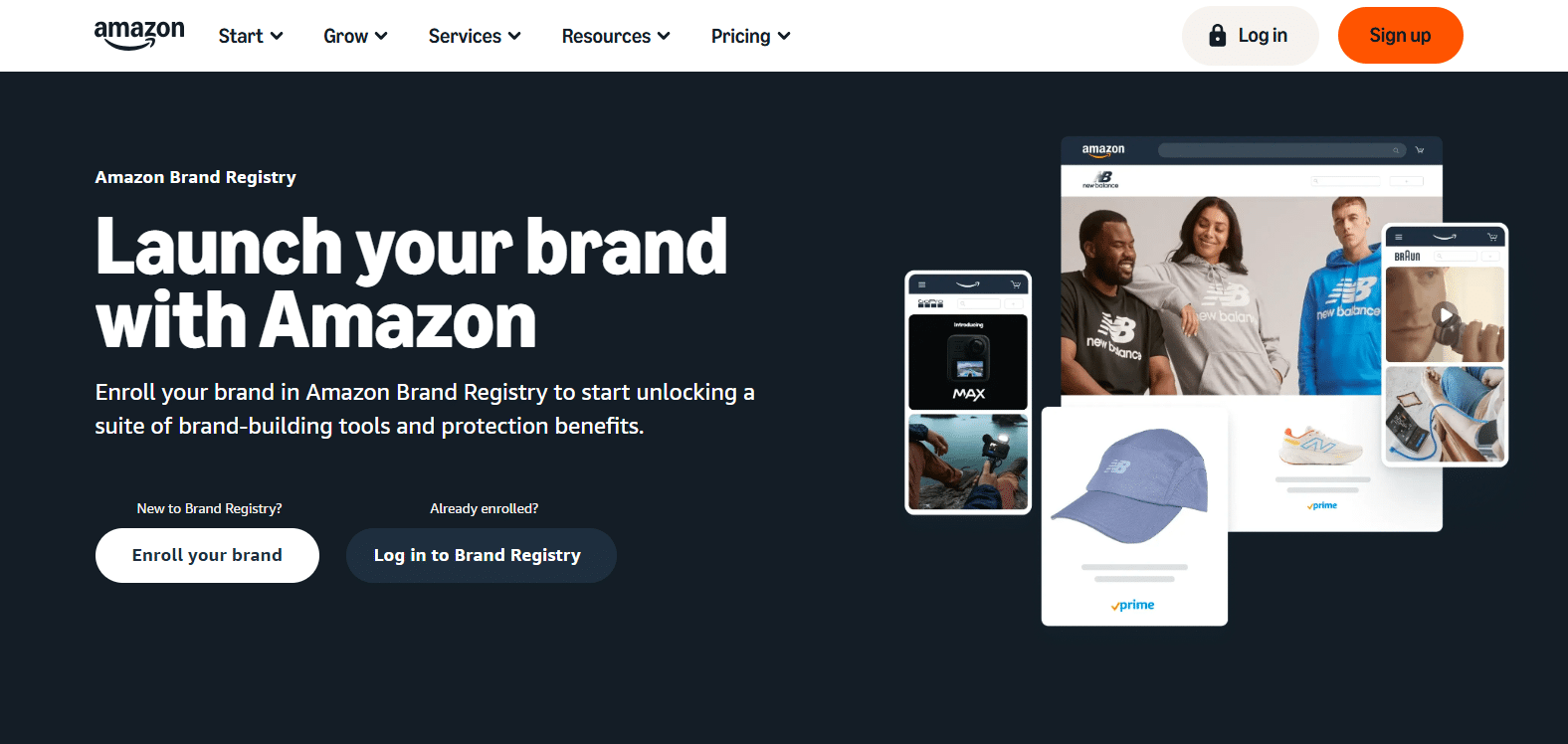
Once registered, you’ll get access to enhanced brand tools, more control over your listings, and a dedicated support team for handling IP violations or counterfeit issues.
While Brand Registry isn’t a total shield — hijackers can still appear — it gives you an official layer of protection and stronger enforcement power.
Final Thoughts
The reality is, hijackers will always exist on Amazon. No matter where you sell or what niche you’re in, there will always be people looking to piggyback off someone else’s success.
But that doesn’t mean they deserve your energy or attention.
Amazon is full of opportunity — more than enough for you to stay focused on building a strong brand, offering great products, and executing a solid marketing strategy.
If you follow the steps we’ve covered above, you’ll move forward with confidence. And those who rely on shortcuts and shady tactics? They’ll eventually fall behind.
Keep going. Focus on what matters. The long game always wins.
Have you ever had your listing hijacked? Share your story with us — we’d love to hear how you handled it.
